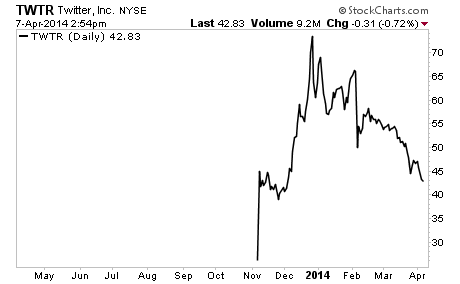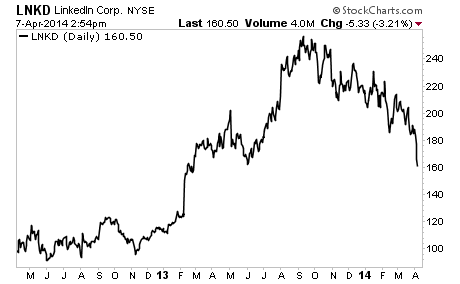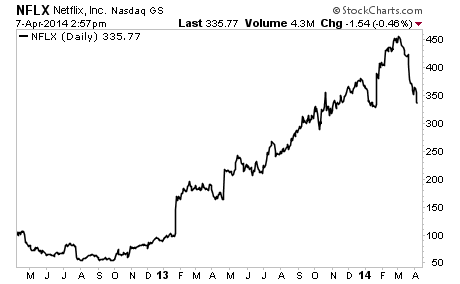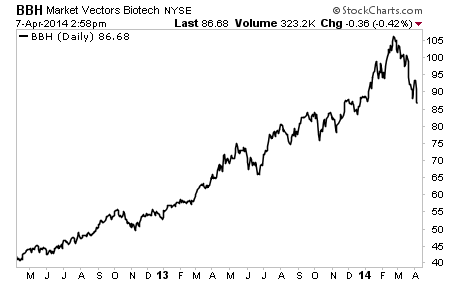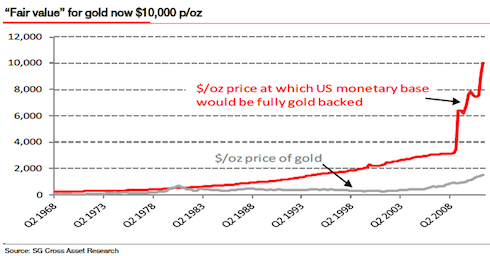Historically, the Fed has claimed to have two mandates: maintaining stable prices and maximum employment.
However, the Dodd-Frank bill, which passed in 2010, unveiled a new, third mandate for the Fed.
Dodd-Frank instituted a third official mandate for the Fed, empowering it to regulate systemic risk and preserve financial stability. The Fed is now required to present its findings on risky, non-bank financial firms to the Financial Stability Oversight Council, which instructs the Fed on how to sanction those institutions.
http://www.cfr.org/international-finance/role-us-federal-reserve/p21020
Bernanke, obviously didn’t take this mandate to heart as his policies helped increase financial instability rather than reduce it.
With Janet Yellen’s Fed, however, the focus is different.
While I am not necessarily a fan of Yellen or her policies, I have to give her credit that she did perceive the housing bubble in advance (unlike Bernanke). In fact, she even advocated raising interest rates at the time.
On some level Yellen is aware that the Bernanke Fed’s policies have run counter to the third mandate implemented by the Dodd-Frank bill. Indeed, during a key hearing in November 2013 before she was appointed next Fed Chairman, Yellen openly stated that QE created “potential risks for financial stability.”
This theme of increased focus on financial stability continued into her instatement as Fed Chairman. Indeed, the entire final portion of Yellen’s first semi-annual monetary policy report to Congress focused on strengthening the financial system AKA increasing financial stability.
Yellen is evidently aware that stocks are bubbling. As Fed Chairman she cannot admit it (no Central Banker will ever say the markets are in a bubble), but the signs that she is aware of this are present.
Yellen is also aware on some level that Wall Street believes she will be even more dovish than Bernanke was. For this reason, her first Q& A as Fed Chairman saw her even mentioning raising interest rates in the future.
The financial media lambasted Yellen as a fool who is damaging the markets. But the reality is that Yellen is attempting to talk stocks down without bringing about a collapse.
We get additional evidence of this from the fact that the Fed’s stress tests failed Citibank. The Fed also requested Bank of America and Goldman Sachs to resubmit their capital plans.
I am not naïve enough to claim that Yellen wouldn’t do anything to hold the system together if the stuff hit the fan again a la 2008. But the market right now is not in 2008 mode. It is in 2006-2007 bubble mode. And Yellen’s Fed is working to get this under control without creating a panic.
If you need additional evidence that Yellen is taking a different route from Bernanke, consider the recent speech from NY Fed President and uber-dove Bill Dudley in which he admitted that one could argue…
… that Fed policy has been too accommodative for too long, creating risks for financial stability worldwide.
This is Bill Dudley we’re talking about. A man who has done nothing in the last five years but clamor for more QE.
Be aware, there are warning signs flashing throughout the financial system…
With that in mind, We’ve already urged Private Wealth Advisory clients to start prepping. We’ve opened three targeted trades to profit from the stock bubble bursting. As we write this, all of them are roaring higher.
We’ve helped thousands of investors manage their risk and profit from market collapses. During the EU Crisis we locked in 72 straight winning trades and not one loser, including gains of 18%, 28% and more.
All for the the small price of $179: the annual cost of a Private Wealth Advisory subscription.
To take action to prepare for what’s coming… and start taking steps to insure that when this bubble bursts you don’t lose your shirt.
Phoenix Capital Research


